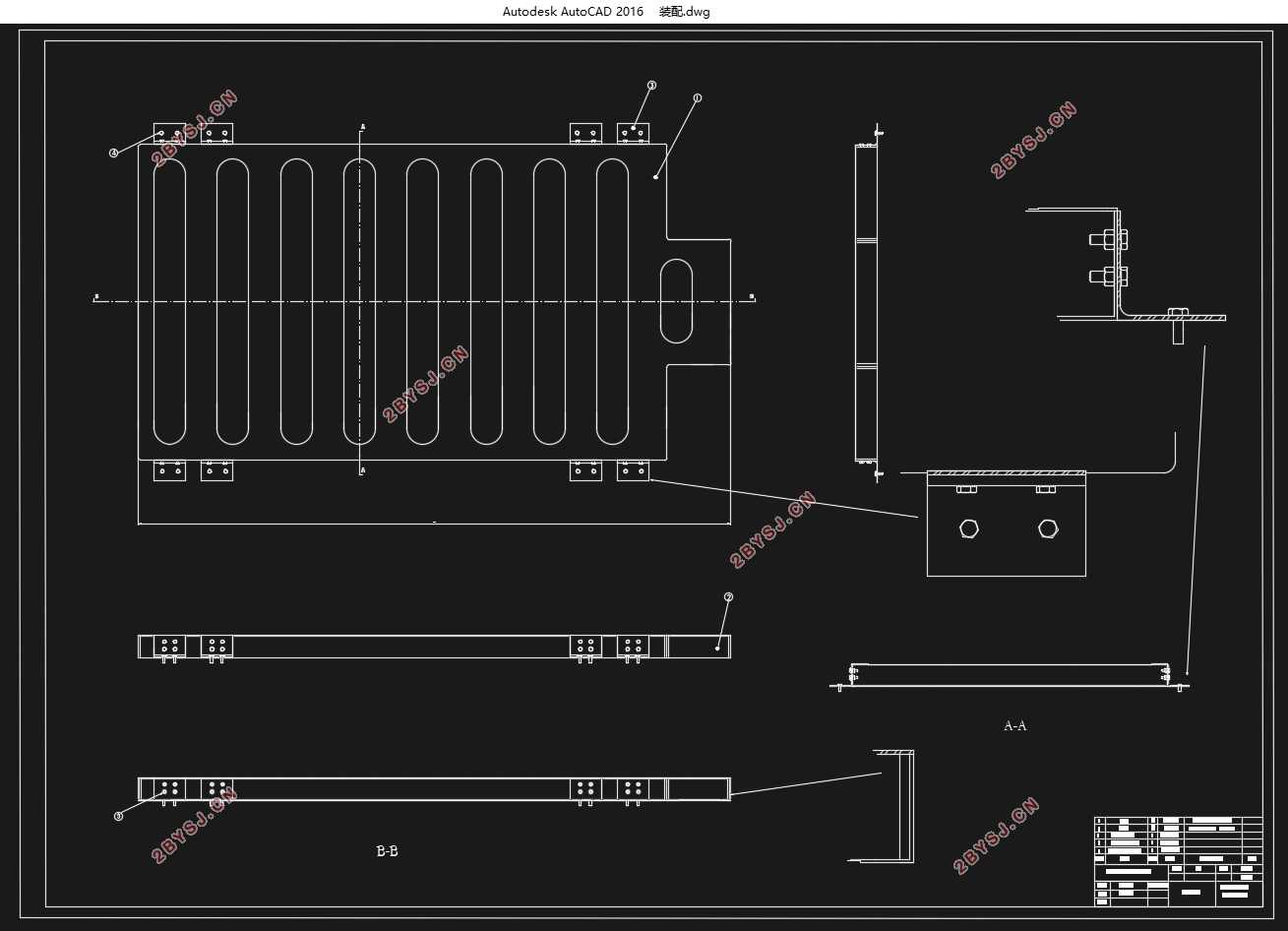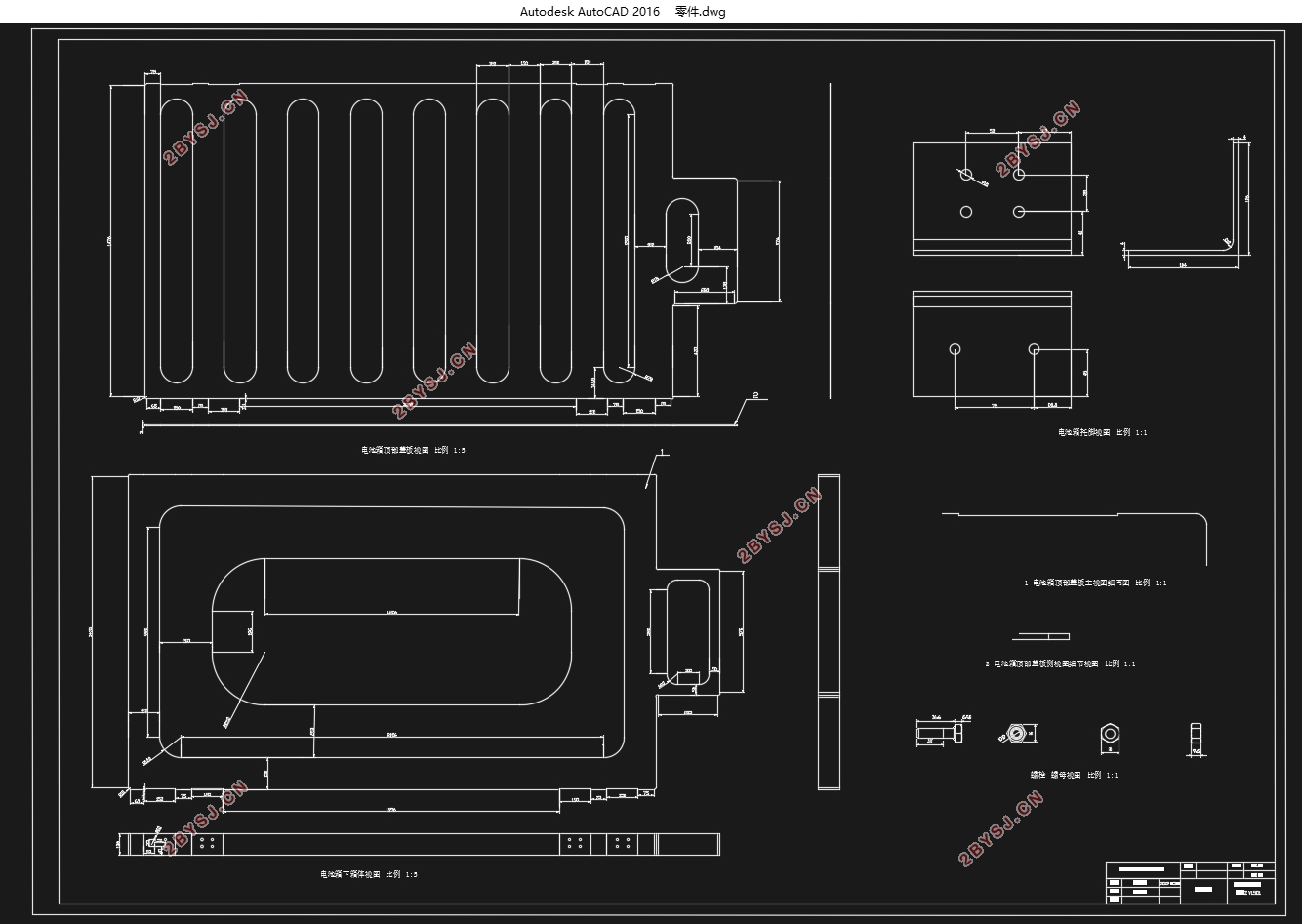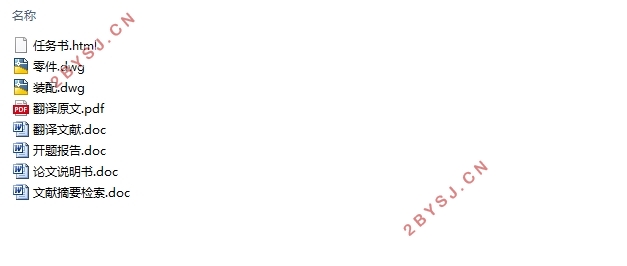电动汽车电池箱结构设计(含CAD图)
无需注册登录,支付后按照提示操作即可获取该资料.
电动汽车电池箱结构设计(含CAD图)(任务书,开题报告,文献摘要,外文翻译,论文说明书18800字,CAD图2张)
摘 要
电动汽车动力电池是电动汽车最为重要的部件之一,这与其在传统汽车相对应的部件油箱不同。电池箱起盛装电池、电池的管理单元、连接器、线缆组件的作用。电池箱及其内部电池的的结构安全与电气安全是动力电池在安全方面最为最重要的两个方面,整台车辆的安全、寿命以及消费者最为关注的续航都直接受其影响,而在这其中,结构安全的首要保障是结构强度。本文用ABAQUS对电动汽车电池箱箱体完成设计、建模和有限元分析。计算了电池箱在不同工况下的强度和模态参数。对原始电池箱箱体模型进行改进轻量化处理,并经过验证符合要求。从以上方面验证电池箱箱体的结构强度安全性和可靠性。
关键字:电池箱;有限元;结构强度
Abstract
An electric vehicle power battery is one of the most important components of an electric vehicle, which is different from a component fuel tank corresponding to a conventional automobile. The battery box functions as a battery, battery management unit, connector, and cable assembly. The structural safety and electrical safety of the battery box and its internal battery are the two most important aspects of the safety of the power battery. The safety and longevity of the entire vehicle and the life most concerned by consumers are directly affected by it. Among them, the primary guarantee of structural safety is structural strength.This paper uses ABAQUS to complete the design, modeling and finite element analysis of the electric vehicle battery box. The strength and modal parameters of the battery box under different operating conditions were calculated. Verify the structural strength safety and reliability of the battery box body from the above two aspects.
Keywords: battery box; finite element; structural strength



目录
目 录 I
第一章 绪论 1
1.2新能源电动汽国内外的发展概况 1
1.2.1国外发展现状 1
1.2.2国内发展情况 4
2.2主要任务 11
2.3电池箱箱体几何模型简化 12
2.4电池箱箱体几何模型清理 12
2.5电池箱的基本参数性质确定 13
2.5.1电池箱的基本尺寸 13
2.5.2电池箱箱体的组成部件 13
2.5.3电池箱箱体的材料选择与板壁的厚度 15
2.6电池箱箱体模型的网格划分 16
2.6.1网格划分的基本流程 16
2.6.2网格划分的大小选择 16
2.6.3划分网格时的连接处处理 17
2.7本章小结 18
第三章 电池箱模型刚强度分析 19
3.1电池箱模型分析的准备工作 19
3.1.1电池箱模型的静态受力分析基本概念 19
3.1.2电池箱模型的静态受力分析种类 19
3.1.3电池箱模型的静态受力分析控制方程 20
3.2原始设计的受力分析 20
3.2.1正常工况受力分析 20
3.2.2转向工况受力分析 22
3.2.3加速工况受力分析 24
3.4.4颠簸工况受力分析 26
3.3对电池箱箱体的轻量化改进处理 28
3.4对电池箱轻量化改进后的受力分析 29
3.4.1正常工况受力分析 29
3.4.2转向工况受力分析 32
3.4.3加速工况受力分析 34
3.4.4颠簸工况受力分析 36
4.5本章小结 37
第四章 模态频率分析 39
4.1模态分析基本概念 39
4.2模态分析的作用 39
4.3模态分析的结果 40
4.4本章小结 43
第五章 结论 44
参考文献 45
致 谢 46
